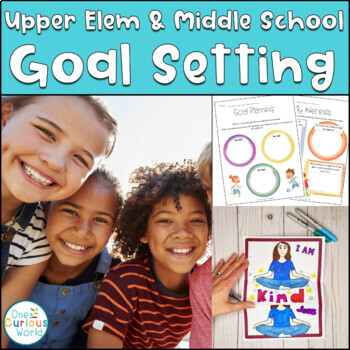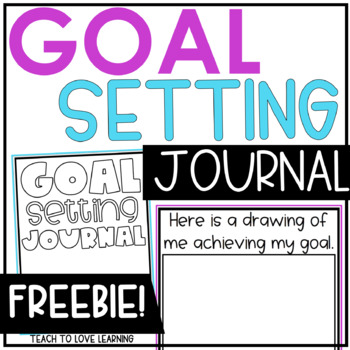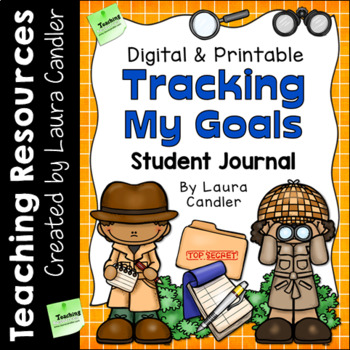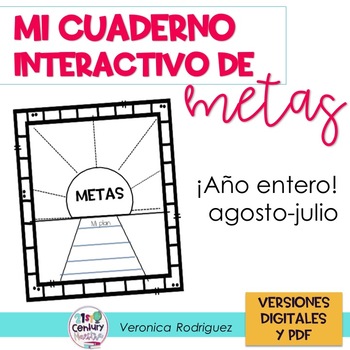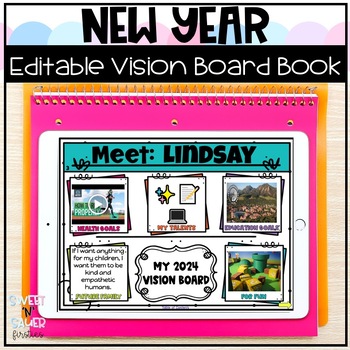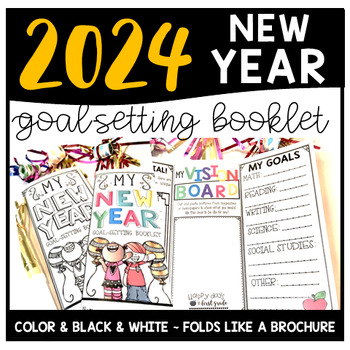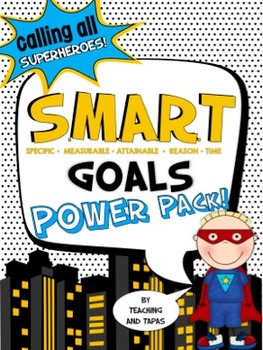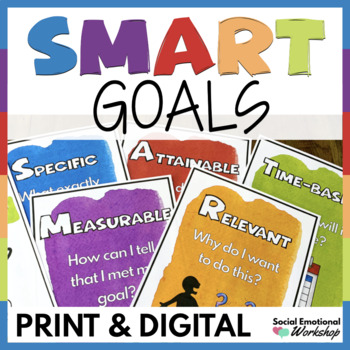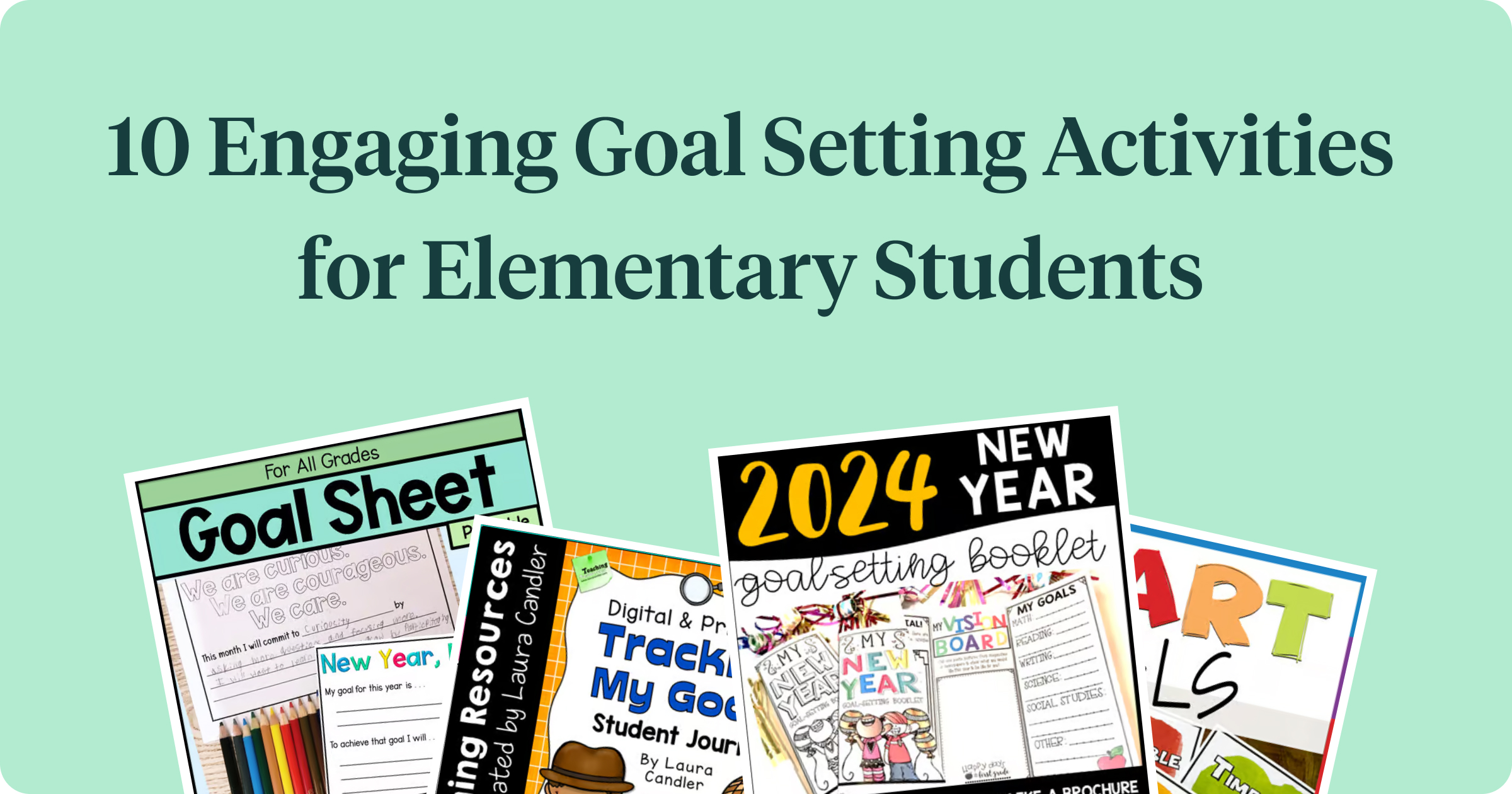
Goal setting is an essential skill that helps students develop and strengthen critical social-emotional skills such as self-motivation, perseverance, and a growth mindset. By teaching goal setting to students at a young age, educators and parents alike can guide children toward becoming confident and resilient individuals with the necessary skills to pursue and attain their goals.
Read on to learn more about how to teach goal setting, along with some engaging and fun classroom activities you can try with your elementary students. (Psst! If you’re a high school teacher, check out these tips and resources for older students.)
What are goal setting activities?
Goal setting activities are exercises that are designed to help students identify and make a plan for accomplishing a particular learning objectives. They typically involve several key components:
- Reflection: As a first step, students should reflect on their strengths along with their areas for improvement. Cultivating this self-awareness is essential for helping them to set meaningful personal and academic goals.
- Identification: After reflecting on their areas for development, students should articulate their short-term and/or long-term goals. These can be anything from improving performance in math to developing better organizational skills to learning a number of new vocabulary words each week.
- Planning: Once the goals have been stated, students should begin nailing down the specifics to achieving them. At this point, they should break down large goals into smaller, more manageable steps, and outline any necessary actions they’ll need to take.
- Feedback and Evaluation: Lastly, students should think about how they’re going to track their progress, celebrate their wins, and make adjustments to their plans as they work toward their goals.
Teaching Goal Setting to Students in Elementary School
Here are some goal setting activities for elementary students to help them set meaningful learning objectives at the start of the new year, the first few weeks of school, or after an extended break.
Introduce the concept
Begin by introducing what goals are and why they’re important. You can provide examples by sharing stories about famous individuals who set objectives for themselves and the steps they took to achieve them. This helps students understand that goals are attainable and part of everyone’s journey. From there, you can move on to have students reflect and identify their own goals.
Goal Setting by Math With Ms Yi
Not Grade Specific
SMART Goal Setting and Identity Unit for Upper Elementary and Middle School by Root and Sprout Learning
Grades: 3-6
Encourage journaling and writing
Goal-setting journals and writing exercises can be powerful activities for students to set objectives, track progress, and capture ideas or thoughts that might help them achieve their academic aspirations. You can also use journaling or writing exercises to help them reflect on past actions and express their thoughts and emotions with specific prompts.
Goal Setting Journal Early Elementary Freebie by Teach to Love Learning
Grades: 1-3
Goal Setting Student Journal- Digital and Printable by Laura Candler
Grades: 2-6
Monthly Goal setting and Reflection Journal for Self Management (Spanish) by 21stCenturyMaestra
Grades: 3-6
Create vision boards together
Engage students in a creative activity by having them create vision boards, where they gather images and words from magazines to create a visual representation of their goals and aspirations. This hands-on approach helps reinforce the idea that goals can be tangible — and is especially great for the start of a new year!
Digital New Years Vision Board by Sweetnsauerfirsties
Grades: K-3
New Year 2024 Goal Setting Brochure with Vision Board by Happy Days in First Grade
Grades: K-5

New Year Vision Boards Goal-Setting by Catch the Buzz
Grades: 5-11
Formulate SMART goals
A big part of teaching goal setting to students is how to develop SMART goals, or goals that are specific, measurable, achievable, relevant, and time-bound. This method encourages clarity and specificity, and makes it easier to track and set realistic objectives.
SMART Goals: Goal setting from start to goal by Alyssha Swanson – Teaching and Tapas
Grades: K-5
Goal Setting Lessons & Activities – SMART Goal Template by Social Emotional Workshop
Grades: 3-6
Discover more goal setting activities for elementary students on TPT.

